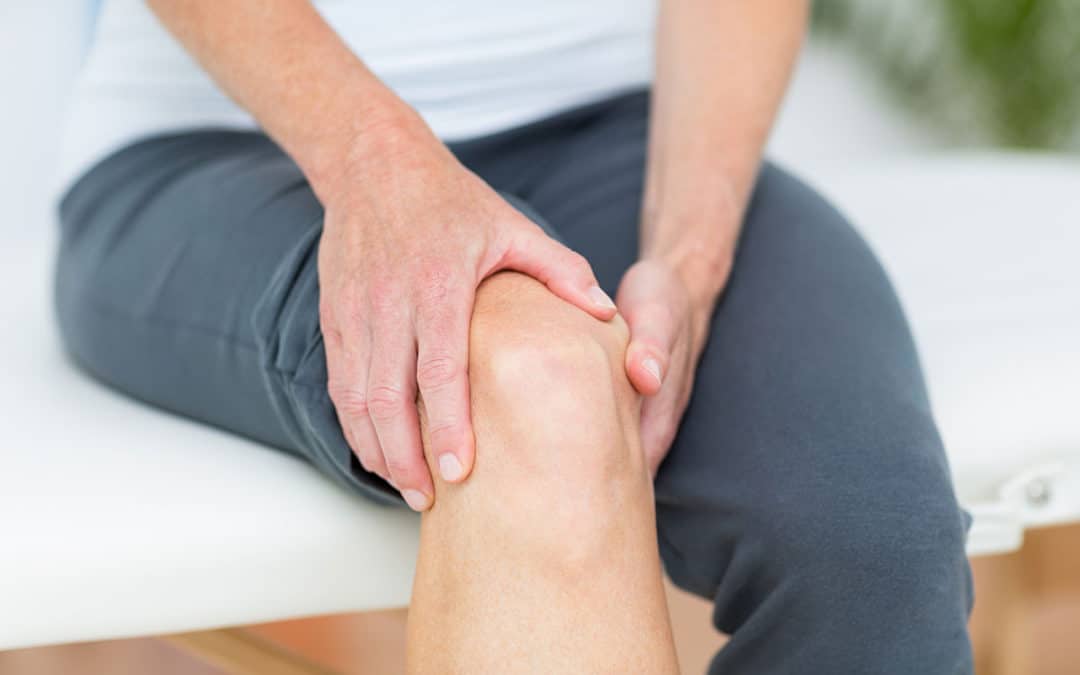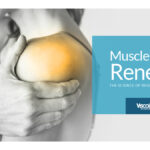Knee pain is a frequently occurring ailment. It can arise because of diverse health issues, ranging from complications of various other health conditions to acute injury. Pain in these critical joints may be spread throughout the knee or only occur within a portion of it. Often a person’s functionality and range of motion are hampered. Suspected sources of knee pain are identified through a physical exam. Based on the core causes behind knee pain, a treatment approach is established. Surgery can usually be avoided with a strong blend of conservative treatments.
Signs and Symptoms of Knee Pain
The intensity and specific location of knee pain will be different depending on the condition. Knee pain may be evident with the following symptoms (subjective evidence that is experienced) and signs (objective evidence that can be externally detected):
- pain ranging from a minor ache to extreme, disabling pain;
- warmth and redness;
- rigidity and inflammation;
- loss of stability and strength;
- crepitus (crackling or popping sounds);
- knee locking, in which the knee will not bend;
- difficulty completely unbending the knee;
- trouble walking related to instability;
- limping that stems from the pain;
- problems ascending and descending stairs because of ligament damage; and
- frequent weight-shifting between the legs to curb pain.
Causes of Knee Pain
Knee pain will often occur because of an injury (e.g., ACL injury, fractures, meniscus tears, knee bursitis, or patellar tendinitis), but arthritis and mechanical issues can also be sources of this condition.
Some types of arthritis that may cause knee pain are:
- Osteoarthritis – This form of arthritis, the most common one, leads to deterioration of the cartilage within the joint as we age and use the knee.
- Rheumatoid arthritis – An autoimmune disease that can impact nearly any body joint, this condition is the one that most frequently leads to debilitation.
- Gout – A buildup of uric acid within the joints is the marker of this form of arthritis. Although this condition is usually in the big toe, it can occur in the knee.
Mechanical issues that will often give rise to knee pain are:
- Loose body – If the cartilage or bone of the knee degenerates, a piece may break free within the joint space, interfering with proper joint movement.
- Iliotibial band syndrome – When the iliotibial band (which runs from the outside knee to outside hip) gets particularly tight, friction may be created between it and the outer femur.
- Kneecap dislocation – This condition involves the kneecap moving out of position, typically toward the outside of the knee, and staying off-track.
Getting Help for Your Knee Pain
Are you experiencing chronic pain or any of the other signs and symptoms of knee pain? Regardless of the cause of your condition, we can help. At ViscoGen™ in Orlando, our approach to knee pain treatment utilizes the most effective therapies to provide long-lasting pain relief and improve quality of life. Contact us today!




